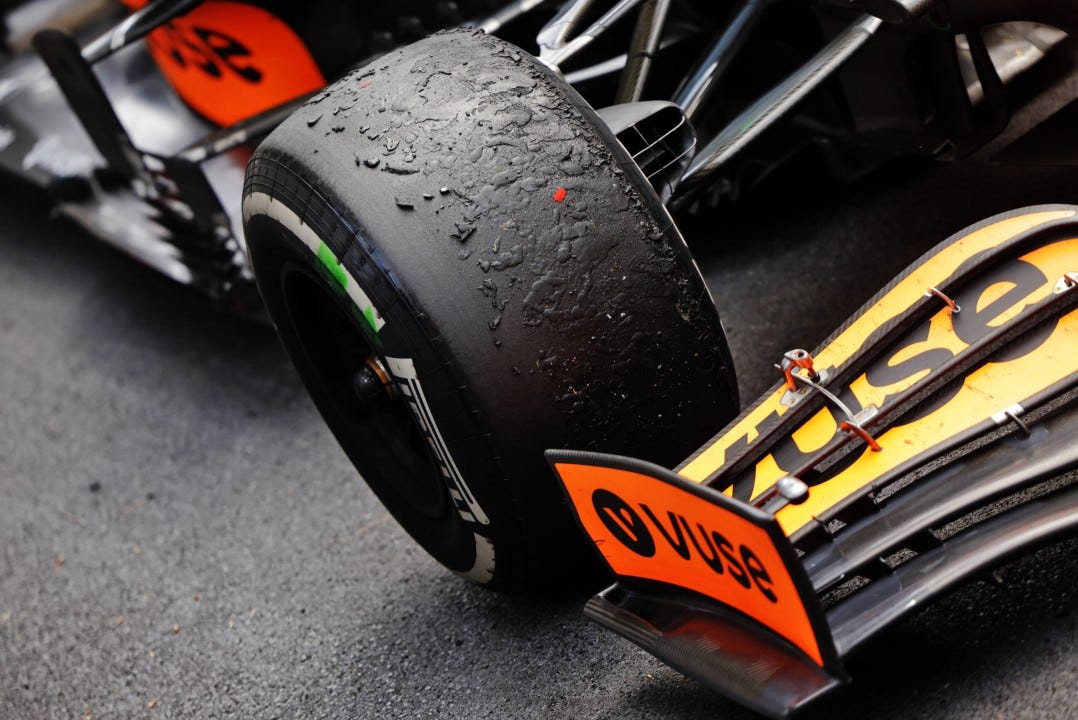The Fascinating World of Racing Tires: What Sets Them Apart from Everyday Tires?
Guest article by Akhil A Kumar
Ever Watched a MotoGP or Grand Prix? Here's Why Racing Tires Differ from Everyday Tires!
Have you ever noticed the difference between the tires used in high-speed racing events and those on your everyday vehicle? The tires we see on our roads are built for versatility, handling everything from extreme temperatures to varied climates, heavy traffic, and uneven roads. These are the tires that keep us moving safely and efficiently day after day.
In contrast, the sleek, smooth tires used in racing—known as slicks, track tires, or Formula One tires—are engineered for maximum performance on the track. Let's delve into the key differences between these two types of tires:
1. Traction
The tread pattern is the most noticeable difference. Road tires have grooves and treads designed to provide traction on slippery surfaces like wet or dirty roads. Racing tires, on the other hand, have minimal or no treads, maximizing the contact surface with the track to enhance grip and improve handling at high speeds.
2. Durability
Road tires are built to last, often up to 10,000 kilometers, depending on the conditions. Racing tires, however, are designed for short bursts of high performance, typically lasting only 60 to 120 kilometers. This is why race cars frequently change tires during pit stops.
3. Force Tolerance
Racing tires are constructed to handle extreme forces, including significant downforce and air resistance, while maintaining a lightweight profile. Road tires, built for everyday driving, do not need to withstand such intense forces.
4. Temperature Range
High-speed racing generates immense heat, and racing tires are designed to perform optimally under these conditions without compromising tire pressure. Road tires, though they may encounter temperature extremes, require regular monitoring to ensure safety and performance.
5. Material of Construction
Standard car tires are made from durable rubber and reinforced with steel or Kevlar-plated radial plies. Racing tires are crafted from special polymer compounds and reinforced with particulate carbon layers, providing the necessary stability and grip for racing conditions.
6. Cost
Given their specialized design and materials, racing tires are significantly more expensive than regular road tires. They are tailored for performance, making them unsuitable—and illegal—for everyday road use.
Note:
It's crucial to remember that slick tires are illegal for road use. They are specifically designed for the controlled conditions of a racetrack and using them on public roads can be extremely dangerous.
Understanding these differences not only highlights the incredible engineering behind racing tires but also underscores the importance of using the right tire for the right situation. So next time you watch a MotoGP or Grand Prix, you'll have a deeper appreciation for the specialized equipment that helps racers achieve those thrilling speeds!

